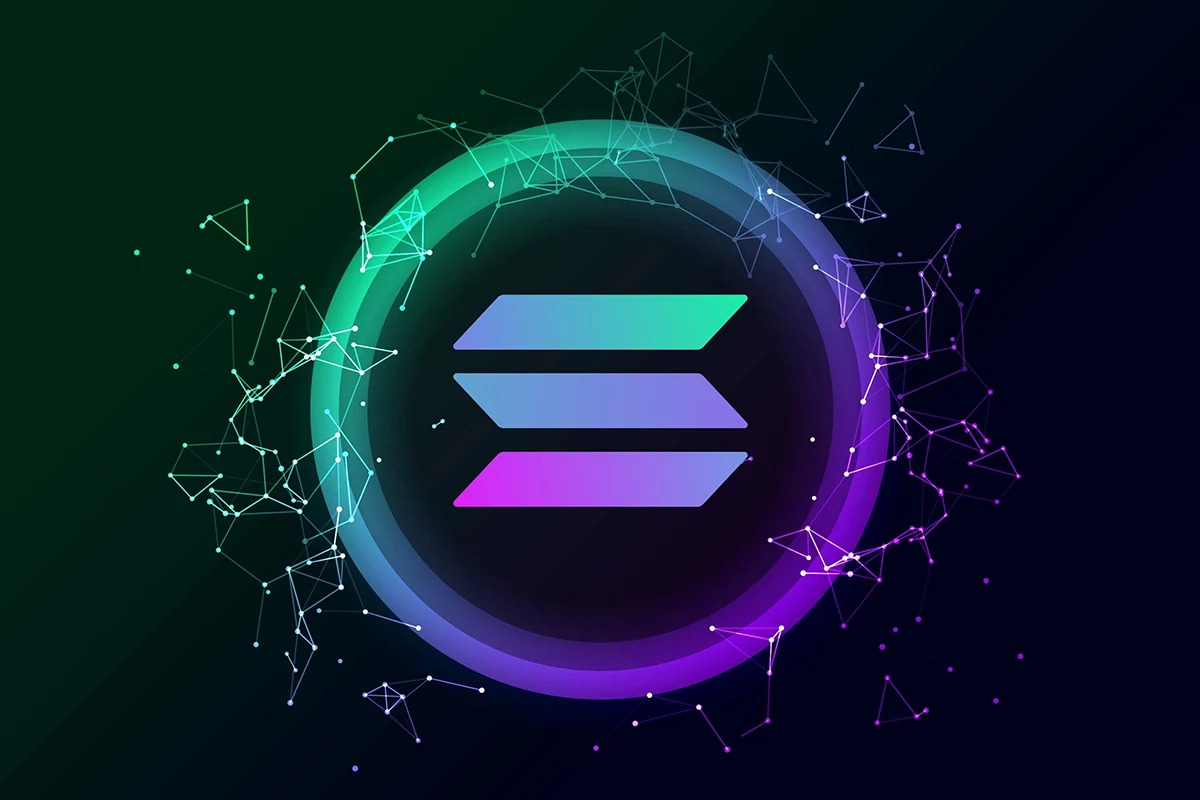Ethereum Layer 2 Scaling to Surge with Fusaka Hard-Fork and 20x Blob Capacity

- Ethereum prepares for a major scalability jump with upgrades that target a move from 6 blobs per block to 128.
- The Fusaka hard-fork carries three blob-focused improvements, aiming to help L2 networks manage rising activity.
- Analysts such as Daniel Silva and Marta Reeves say this will restructure Ethereum’s long-term settlement role.
Ethereum is now two weeks away from its Fusaka hard fork, an upgrade expected to reshape how the network handles data coming from Layer 2 chains.
The core change revolves around blobs, the data packets that L2 systems use when sending batches of thousands of transactions to Ethereum. These batches depend on the network for security, and rising activity on major L2s has pushed demand for blobspace to new highs.
Since August, Ethereum has kept an average of six blobs per block, reaching more than fourteen million blobs in total. That volume carries over a terabyte of L2 transaction data and has already saved rollups more than 60,000 ETH in fees when compared with earlier calldata methods.
Analyst Daniel Silva notes that this growth is steady, but pressure on blobspace is becoming visible as new rollup networks come online. He believes the timing of Fusaka lined up well with the recent rise in batch submissions.
PeerDAS and the Path to Higher Capacity
The most interesting thing about this upgrade is EIP-7594, also known as PeerDAS. This is because this change enables nodes to keep only one-eighth of every blob, rather than having to keep it all. This is because this helps to avoid a possible increase in hardware requirements while still being decentralized.
The nodes on Ethereum can reconstruct the whole blob by obtaining half a copy using sampling to keep the reliability level unchanged.
As storage becomes more efficient, it is necessary to increase blob capacity. That’s where EIP-7892 takes effect. This helps to increase blob targets per block without having to hard fork each time.
The Etherium is aiming to gradually increase its six blobs to 128 per block in later stages. Analyst Marta Reeves argues that this is imperative because Ethereum required a long time to activate any change whenever there were modifications necessary to attain its targets.
Ethereum Sets New Floor for Blob Fees in EIP-7918 Update
The final element, EIP-7918, is aiming at blob fee dynamics. Current situation: Sometimes, Ethereum incorrectly analyzes low blob usage when L1 gas fees increase, which causes blob fees to decrease to unrealistically low values like 1 wei.
The update also imposes a floor to make blob prices more tightly tied to L1 gas prices. This is to ensure that fees remain stable for L2 teams and that there is a healthy revenue stream for Ethereum with an increasing amount of blobs.
These shifts together serve to prepare Ethereum for a long-term roadmap to serve as a lighter and more optimized layer ready to support the growing activity within the global crypto market.
Also Read: Ethereum Approaches Key Breakout Zone as Market Eyes $3,350 Level
You May Also Like

Solana ETFs Market Grows with Fidelity and Canary Marinade’s New Funds

XRP analysts shift 2025 outlook as liquidity models evolve
